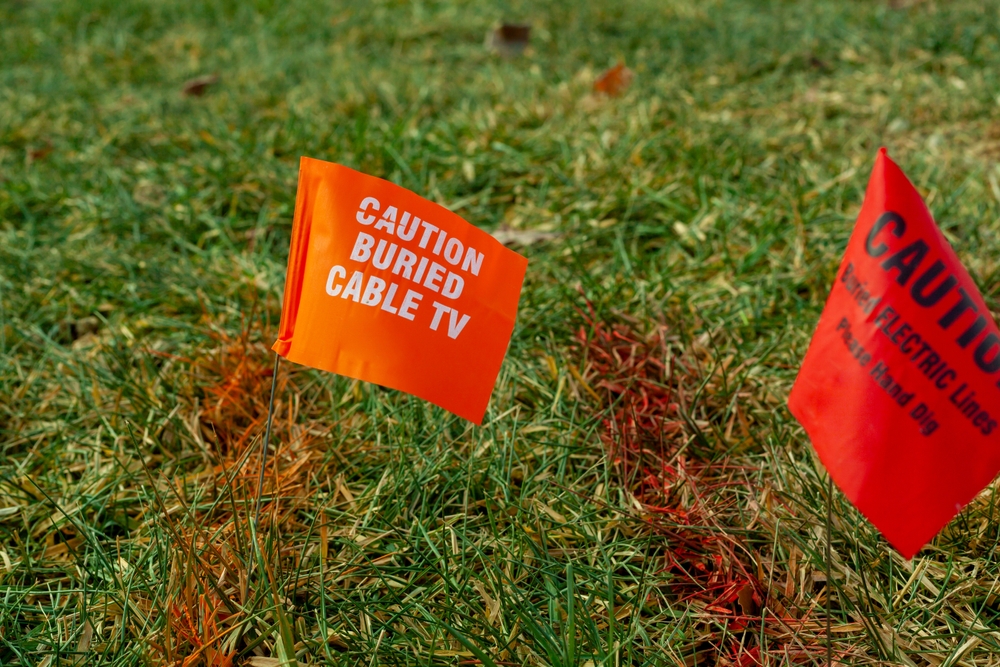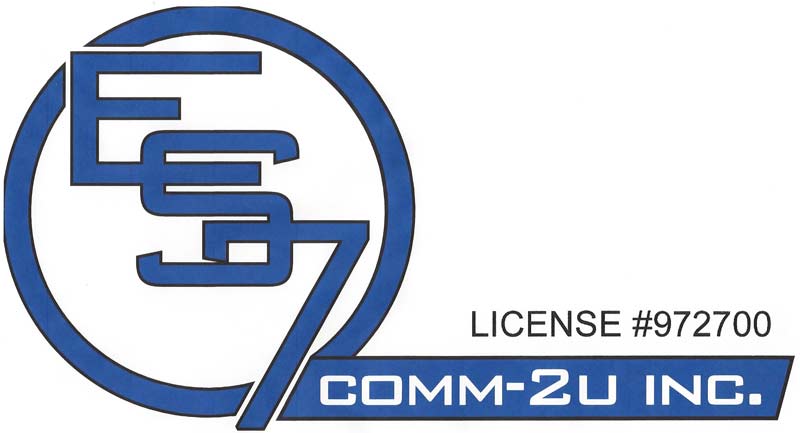
What Homeowners Should Ask Before Starting a Utility Installation Project in Placer County
August 4, 2025 3:01 pm Leave your thoughtsInstalling utilities such as water, gas, electricity, and sewer lines on residential properties in Placer County requires thorough preparation. Homeowners in areas like Roseville, Rocklin, and Auburn must navigate complex permitting rules, safety regulations, and contractor decisions to ensure a smooth and compliant process. Asking the right questions from the outset is critical to avoiding costly setbacks or unsafe conditions.
Understanding the local rules, asking pointed questions, and preparing for inspections will help you stay in control of your project. This guide will walk you through the key topics and questions to explore before beginning any utility installation, including what you need to know about safe utility trenching in California, and how to avoid the most common mistakes homeowners make.
Why Local Regulations Matter in Placer County
Homeowners often underestimate how much building codes, zoning restrictions, and permitting requirements vary across counties in California. In Placer County, each city may also enforce additional regulations on top of county-level requirements. For example, utility installation questions in Roseville will yield slightly different answers compared to nearby Loomis or Lincoln.
Before starting your project, you need to check with the Placer County Building Department to understand what permits are necessary for your utility installation. Most projects involving water, sewer, gas, or electrical lines that run underground will require a permit, and possibly a trenching plan. The city of Roseville, for instance, maintains its own utility service and has different requirements than rural parts of Placer County served by private utility providers or PG&E.
Failure to secure proper permits can result in fines, forced project delays, or mandated removal of installed lines. If you’re wondering, “What do I need for utility installation in Placer County?”, the answer begins with this: a comprehensive understanding of the permitting process, including plan review, trench safety, contractor qualifications, and inspection timelines. These must be followed carefully to remain in compliance.
How to Choose a Qualified Contractor
Hiring a licensed and experienced contractor is essential for any utility trenching or installation work. Many homeowners assume any general contractor can handle these tasks, but in reality, only those with the proper C-36 (plumbing), C-10 (electrical), or A (general engineering) license classifications are legally authorized to perform certain types of underground utility work.
When evaluating contractors, ask if they have direct experience in Placer County. This matters because local knowledge of the soil type, slope grades, and common hazards—like hard granite rock or groundwater—can impact how trenching and pipe laying is executed.
Also, ask about their familiarity with local utility locations and permit requirements. They should be able to assist with calling 811 (the national “call before you dig” line), preparing your plans for city or county review, and coordinating inspections. Don’t forget to confirm their insurance status, bonding, and worker’s compensation coverage to protect yourself legally and financially.
You’ll want to get a clear proposal in writing detailing what utilities are being installed, where trenches will be located, what materials are being used, and how traffic or landscape disruptions will be managed. Utility installation questions in Roseville should include whether the contractor has worked with Roseville Electric or the city’s water department before, which can be a huge advantage when navigating bureaucracy.
What You Should Know About Trenching and Safety
Safe utility trenching in California is tightly regulated by CAL/OSHA due to the dangers of cave-ins, electrocution, gas leaks, and more. Any trench deeper than 5 feet requires special shoring or benching to prevent collapse. Even shallower trenches can present serious risks, particularly if they run near existing utilities or are dug in unstable soil conditions.
Homeowners need to understand that they are responsible for ensuring work done on their property meets safety standards. This includes verifying that the contractor is using proper protective systems, marking all utilities with colored paint or flags, and observing safe practices during the trenching phase. In many cases, temporary barriers or signage will be required to prevent injuries.
Another key safety consideration is utility separation. In Placer County, codes generally require horizontal separation between different types of utility lines—such as water, sewer, and gas—typically by at least 12 inches, with vertical separations as well. Failure to maintain these minimum distances can lead to code violations or utility interference, and may delay approval of your final inspection.
Always ask your contractor to walk you through their safety plan. If they can’t clearly explain how they will meet trenching safety standards or coordinate utility separation, consider it a red flag.
Questions to Ask During the Planning Phase
Before you break ground, you should be asking detailed questions that go beyond basic cost estimates. First and foremost, ask: What do I need for utility installation in Placer County to be compliant? That means knowing what plans need to be drawn up, who reviews and stamps them, and how long approvals typically take. Depending on the city or unincorporated area, plan checks could take one week to over a month.
You should also ask how your project might impact neighbors or traffic. Will your trenching block sidewalks or driveways? Are you responsible for tree removal or root protection? Does the scope of work require notifying the public or nearby utilities?
Another essential question is whether the installation will affect your current utility service. For example, installing new electrical or gas lines might require temporary shutoffs, which can interfere with heating, cooking, or security systems. You’ll want to plan this around your family’s schedule and discuss contingency options with the contractor.
Finally, clarify how inspections will be handled. Most utility trenching projects require at least one mid-installation inspection (to check the trench depth, bedding material, and pipe type) and one final inspection after backfill. If inspectors find issues, you may be required to uncover the trench again—adding cost and delay—so make sure all work is done right the first time.
Preparing for Post-Installation and Final Approvals
After the installation is complete, there are still a few critical steps to take. Backfilling the trench must be done with proper materials—often sand or gravel—before soil is replaced. Compaction is required to prevent future ground settling that could crack pipes or damage landscaping.
Final inspection is not just a formality. The inspector will verify the depth and slope of pipes, the proper clearance between utilities, correct installation materials, and safe connections to existing service points. If any part of the work deviates from the approved plan, the inspector may issue a correction notice.
In some cases, especially in Roseville, inspectors may also want documentation from utility providers confirming the successful tie-in of gas, water, or electrical service. If your contractor fails to coordinate this, your project could sit incomplete even after physical work is done.
It’s also wise to document the entire process. Take photos of the open trenches, the materials used, and each phase of work. This will serve as protection in case future issues arise, such as leaks or damaged lines. It’s also helpful to retain a copy of your approved permit set and final inspection sign-off for resale disclosures or future renovations.
Safe utility trenching in California is not just about following the law—it’s about protecting your investment, your safety, and your peace of mind. Taking the time to ask these questions and understand your responsibilities as a homeowner will ensure your utility installation project in Placer County is a success.
Conclusion
The journey from planning to completion requires diligence, communication, and a firm grasp of the regulatory environment. Whether you’re in Roseville, Granite Bay, or anywhere else in Placer County, asking the right utility installation questions up front will save you time, money, and headaches down the road. By being proactive, you can ensure your project is done safely, legally, and to the highest standards.
Need an Underground Utility Contractor in Roseville, CA?
Locally owned and operated since 2000, we strive to provide fast, friendly, and efficient service to the residents of Roseville and its surrounding areas. Using an open trench method for installation, we work with communication and utility companies to get electric, water, and gas services up and running in your home or business as quickly and carefully as possible. Es7 Comm-2 U, Inc is proud to carry an ‘A+’ rating with the Better Business Bureau as a fully licensed general contractor. Call us today to ensure that your next installation project is handled with the care and professionalism that it deserves.
Categorised in: Utility Services
This post was written by admin
